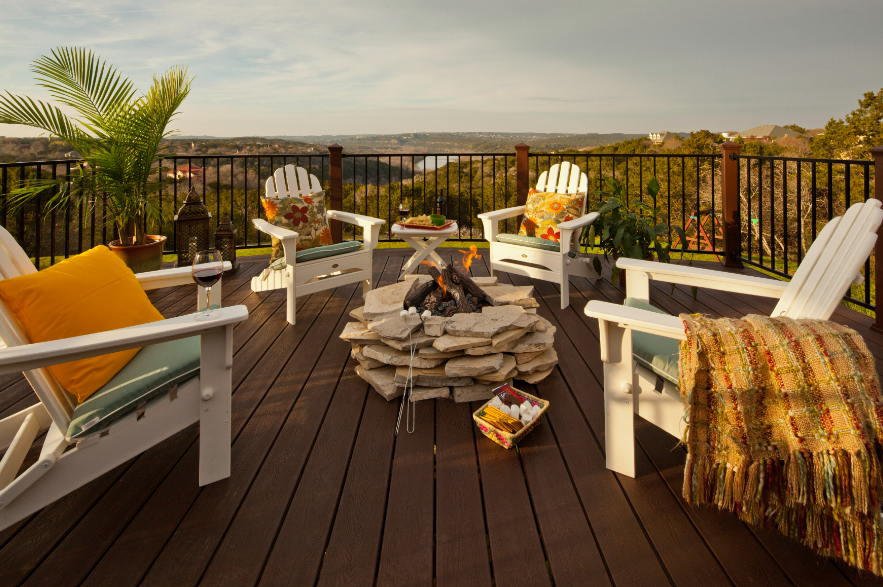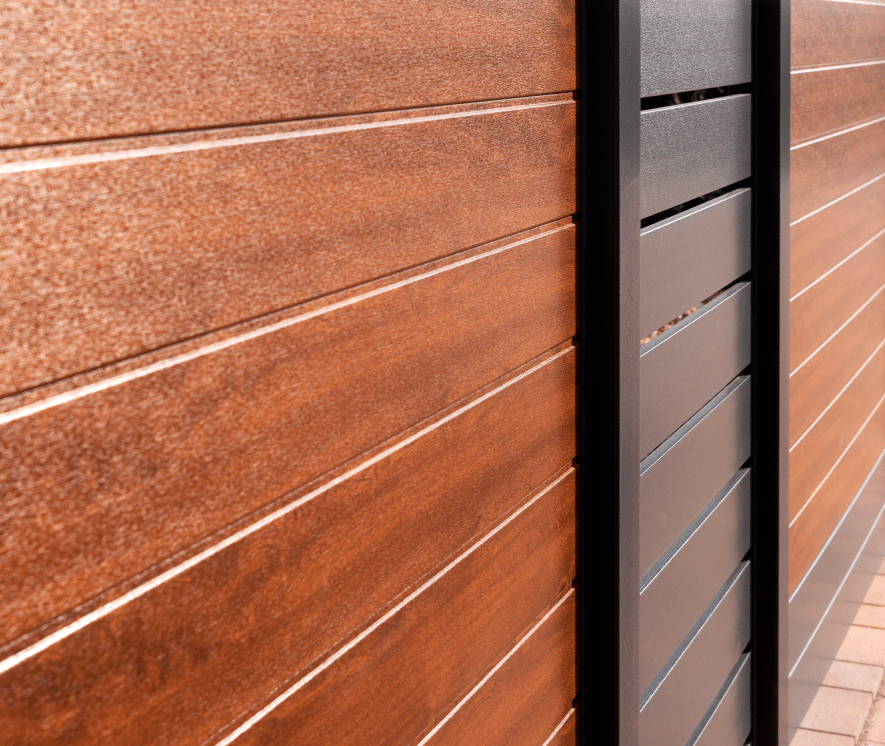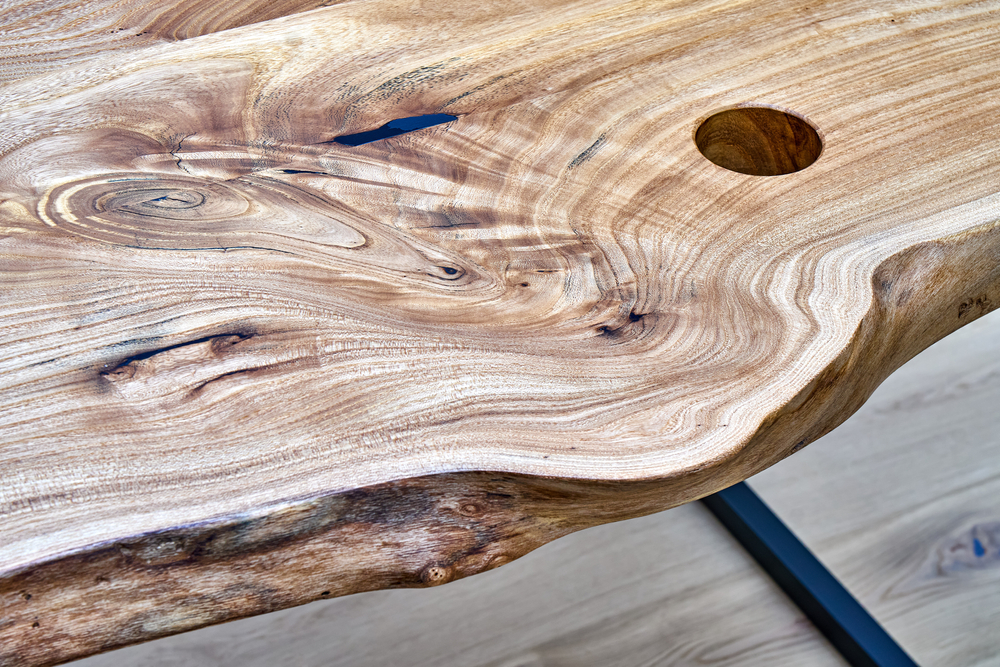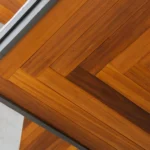Deck
The Secret to Everlasting Wood Decks: Why Protecting Your Deck Foundation Matters
Composite or wood are the usual options to use when building a deck. If you’re choosing wood, there are various options, including ipê, cedar, mahogany, or pressure-treated pine. Each type of wood has its own pluses and drawbacks. Moreover, it’s best to research what kind of wood will suit your needs and lifestyle.
In this blog in collaboration with Trex Protect, we offer valuable tips and insights on how to protect and preserve outdoor wood decks, so you can make long-lasting choices for your outdoor projects.
At Trex Protect, they’re experts at making sure that wood decks, framing, and support structures not only look good but also stand the test of time. They focus on preventing wood rot and decay, essential factors that can make or break the longevity of outdoor structures. They know how to turn beautiful lumber into a long-lasting outdoor masterpiece.
Whether you have a composite or wood deck surface, your deck’s support structure (substructure including joists, beams, and vertical posts) will be made of wood. We’ll look at the best ways to keep your deck sub-structure intact and in good shape.
NADRA, or the North American Deck and Railing Association, has a wealth of information on deck safety and preventative measures that you can reference. They also give tips on maintenance. Fun fact: they have friendly deck competitions and connect members to industry
events. May is Deck Safety Month at NADRA, so this serves as a helpful reminder to keep track of your wood deck’s maintenance and to check for any potential problems with its safety.
Important Points for Keeping Your Wood Deck Safe
Besides being on the lookout for anything that could lead to a problem or possibility of a dangerous situation, there are a few things you can routinely do to make sure your wood deck and its surrounding area are safe and secure:
- Check your deck for rotting wood. It can mildew if moisture gets trapped between the deck boards and support structure. If left unattended, the wood will eventually rot. Use a screwdriver to test any discolored wood for rot and decay. Using the screwdriver, penetrate the wood about ¼ to ½ inch. If the screwdriver goes into the wood easily, it probably has rot.
- Inspect hardware and fasteners regularly. Replace any rusted screws or bolts. Additionally, ensuring everything is tight and up to code will prevent mishaps.
- Protect your joists. Joists are the long boards that run directly underneath your deck boards. When joists get wet, they can gather mold, eventually weakening your deck’s substructure. Using joist tape or flashing tape will prevent the wood from getting repeatedly wet. Applying joist tape to the deck foundation during construction is one of the most effective methods to preserve your deck from moisture damage.
- Pay attention to your deck railings. In particular, the railings can become loose, lose parts, and fall off! A deck any more than 30 inches off the ground should have a railing at least three feet tall. The balusters (vertical railing posts) must be less than four inches apart to prevent children from sliding through.
- Stair safety: if your deck has steps, routinely check the boards, stingers (sides of the step risers), and railings. Make sure all hardware is solidly secured.
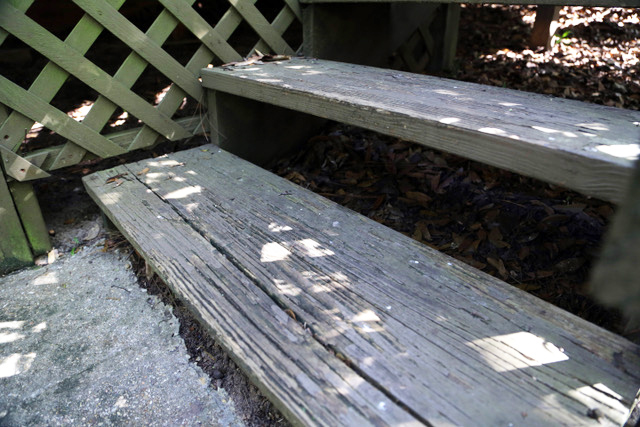
- Heating equipment such as grills, chimineas, and fire pits must be located away from the house and have an insulated heat-resistant pad underneath.
Thinking About a Wood Deck Inspection?
Get your wood deck inspected by a pro. It’s certainly worth it, especially when buying a house with an older deck or after discovering any concerning issues. A deck inspection can cost anywhere from $30 to $200, depending on how long the examination lasts. It’s highly beneficial to conduct an assessment that will help you spot potential problems so you can fix them before they become big issues.
When considering your deck’s foundation or substructure, ensuring this major part of the framework is up to par is vital. Like a house foundation, any cracks in the support beams or joists can lead to an expensive and dangerous situation.
Don’t forget the footings and the parts below the support legs. They need to be secure enough to hold the deck. Frequently keep an eye on the concrete around your footings. If it looks like it’s cracking or pulling away from the ground, it’s time to call a professional for an inspection.
Before You Build a Deck
There are a few things you can do to ensure a good and successful wood deck build:
- Get a building permit. Confer with your local government to see what’s needed. Always follow construction codes.
- Call Miss Utility or 811, to ensure you’re digging in all the right places!
- Using Trex Protect flashing tape during construction will ensure your joists stay dry and free from water damage for a long time.
Some Final Thoughts
Having a deck is a beautiful way to enjoy your outside time. It can bring the family together. It’s great for bird-watching or relaxing and perfect for entertaining. It is essential to ensure all parts of your deck – including its surface and foundation – are clean, safe, and in good repair. Deck safety and your outdoor enjoyment are key. The best part is that you’re protecting your investment, so it will last for many years.



